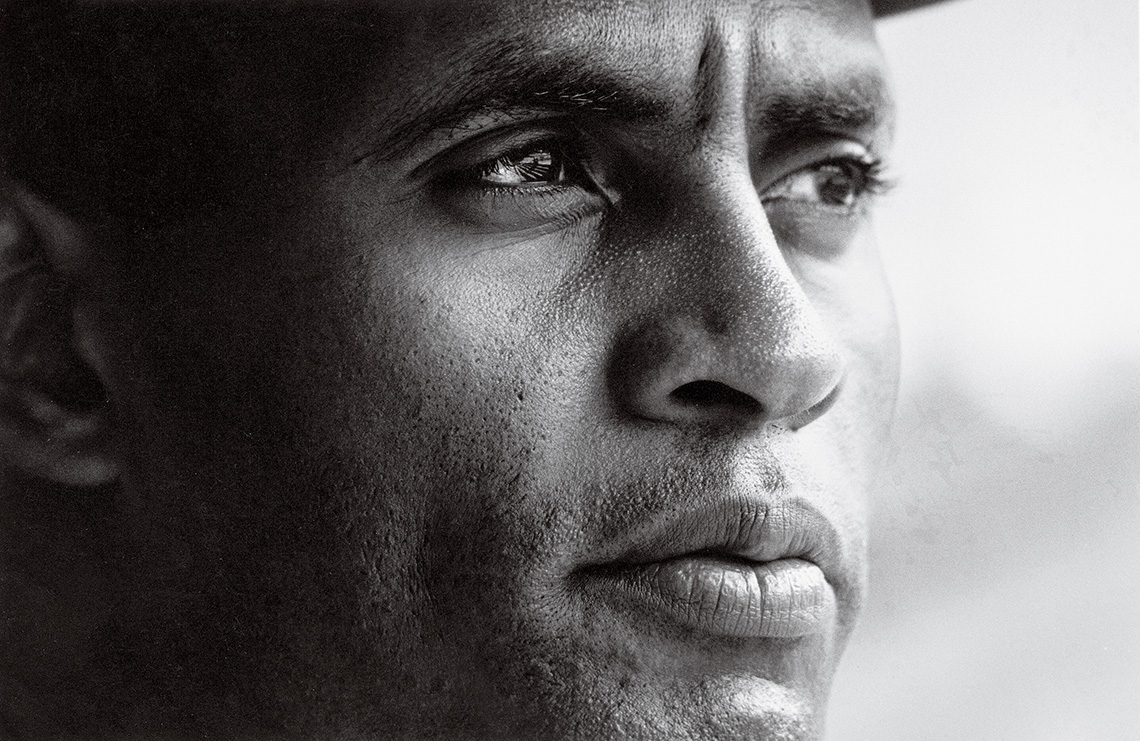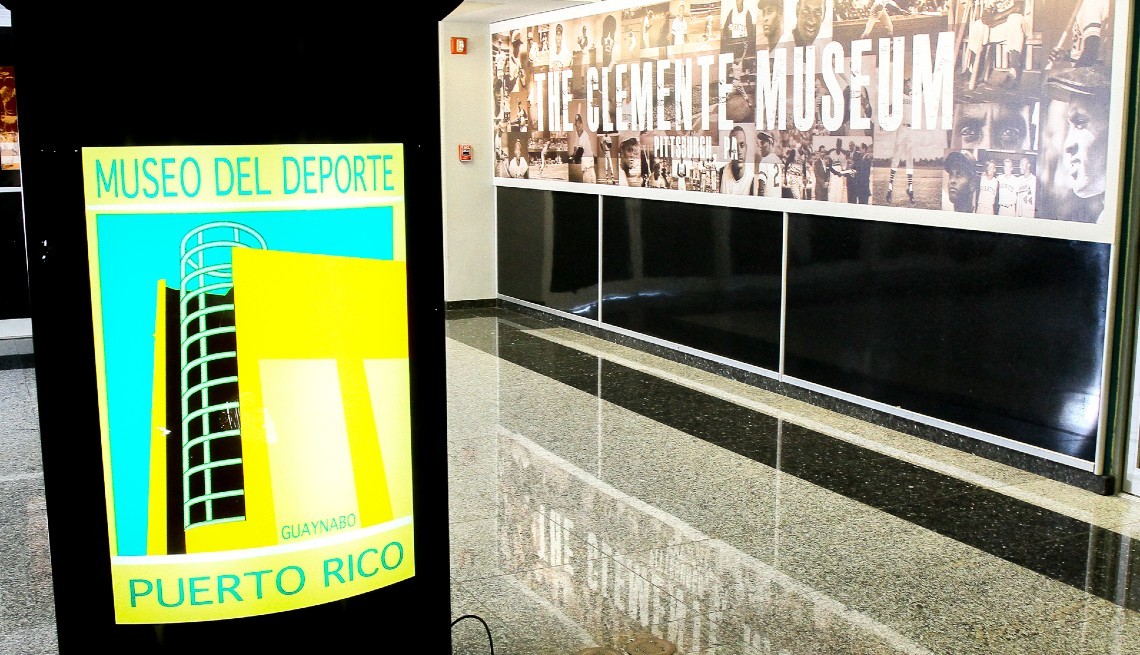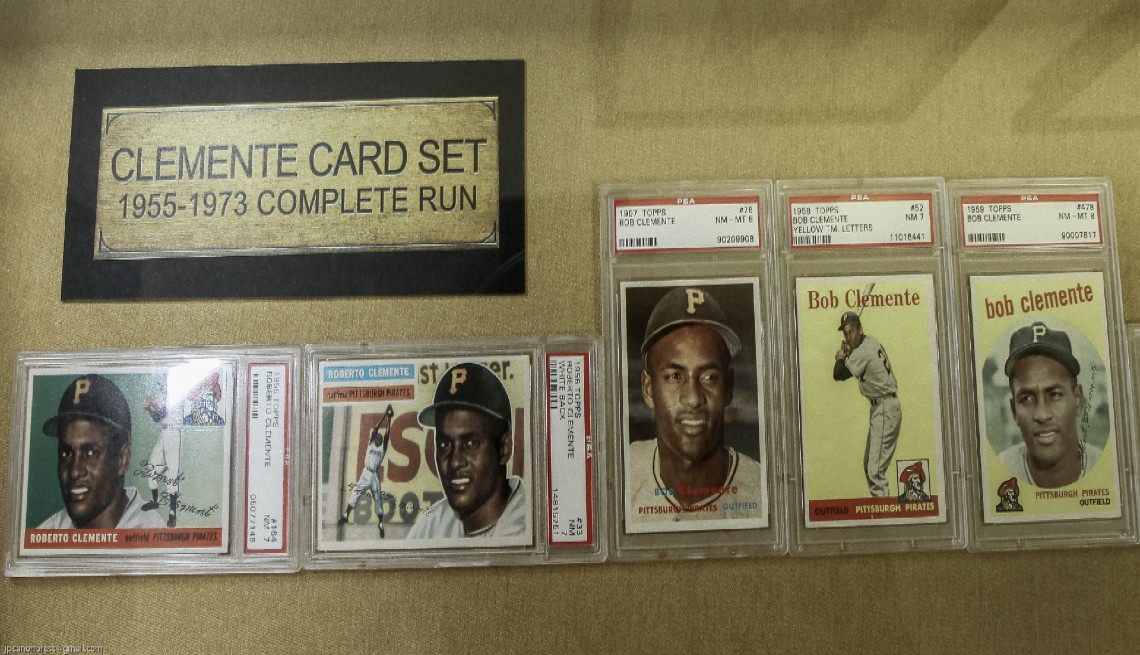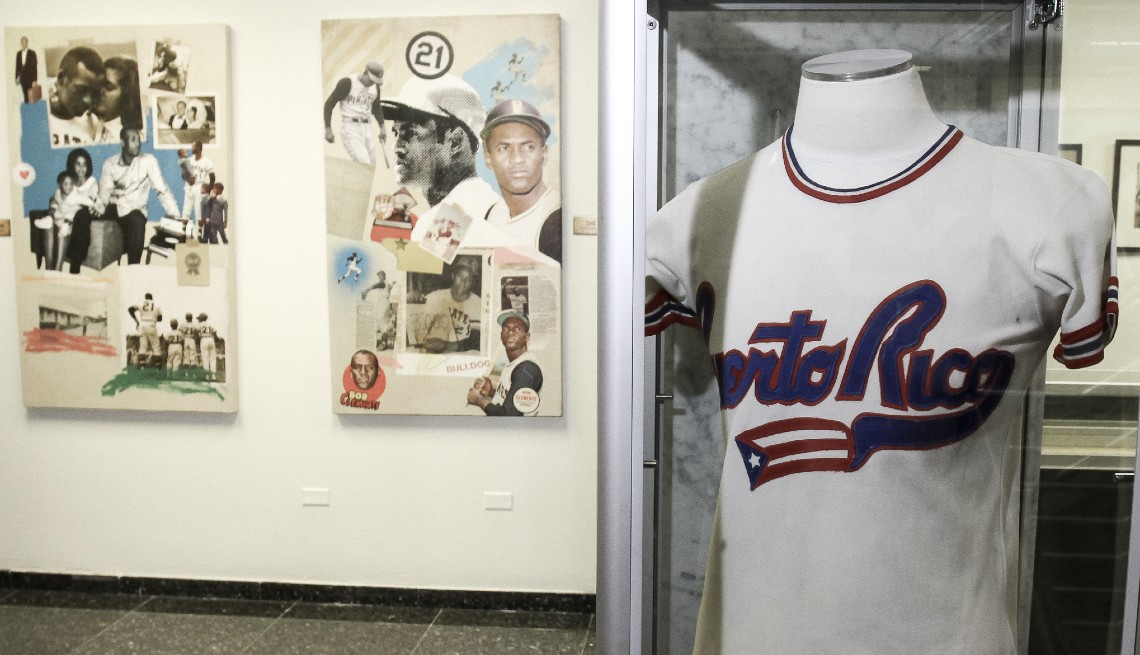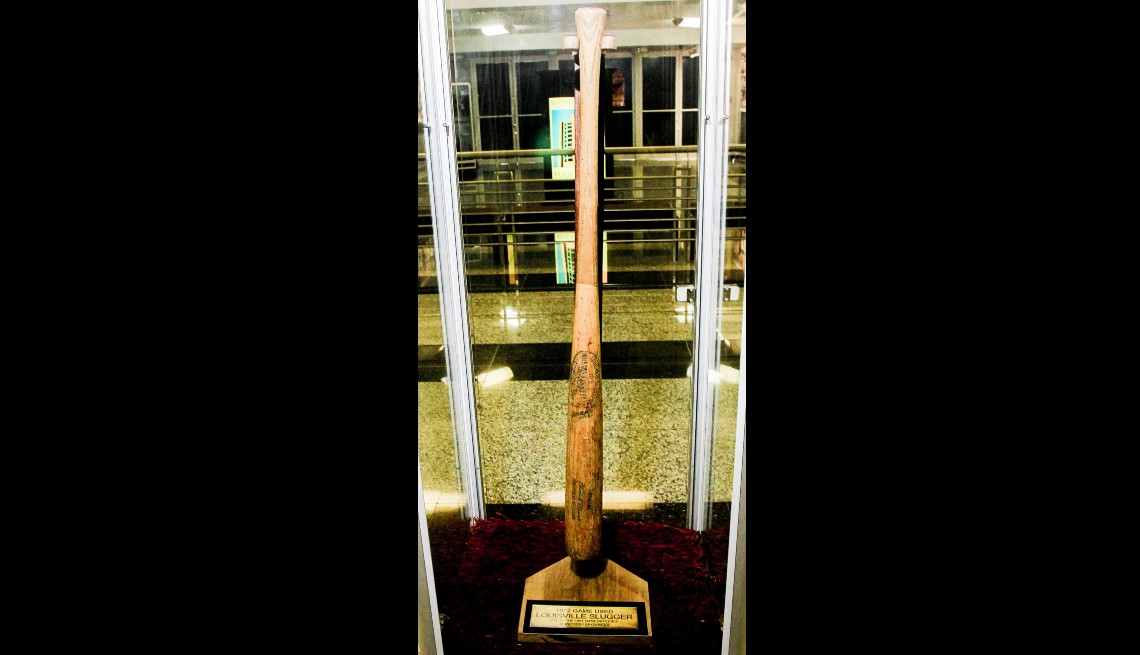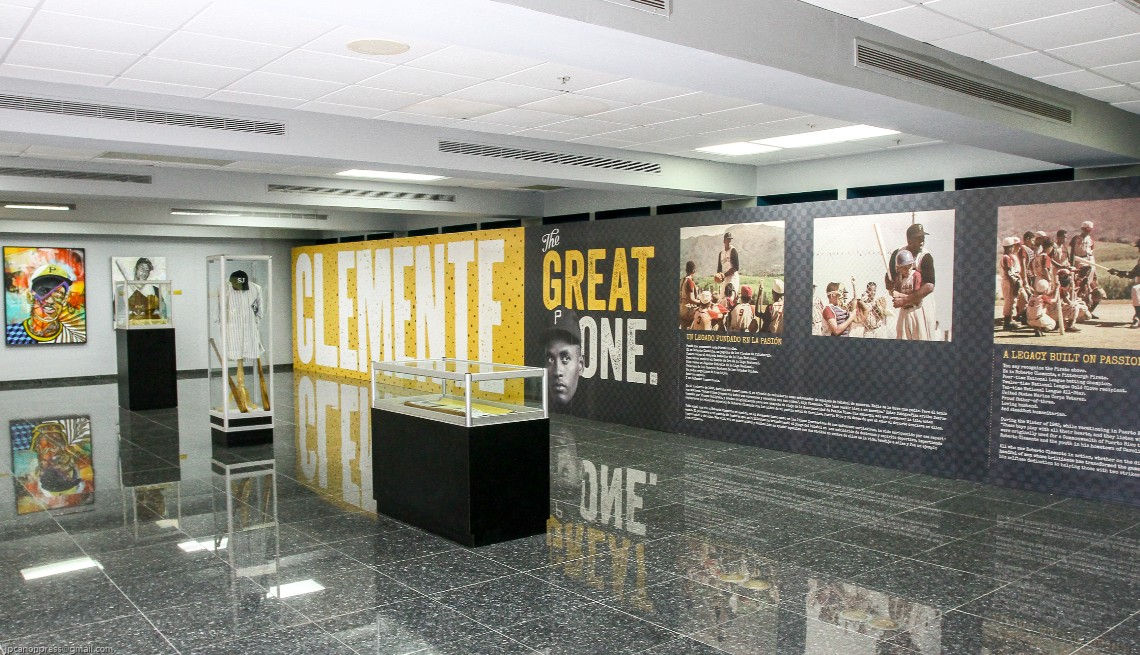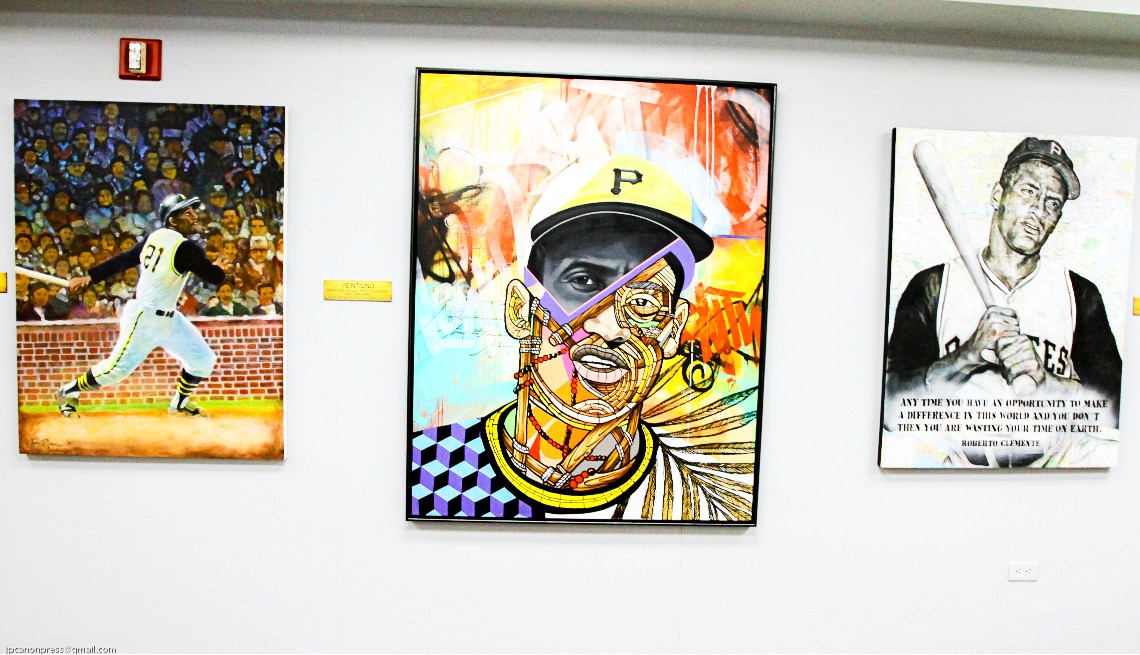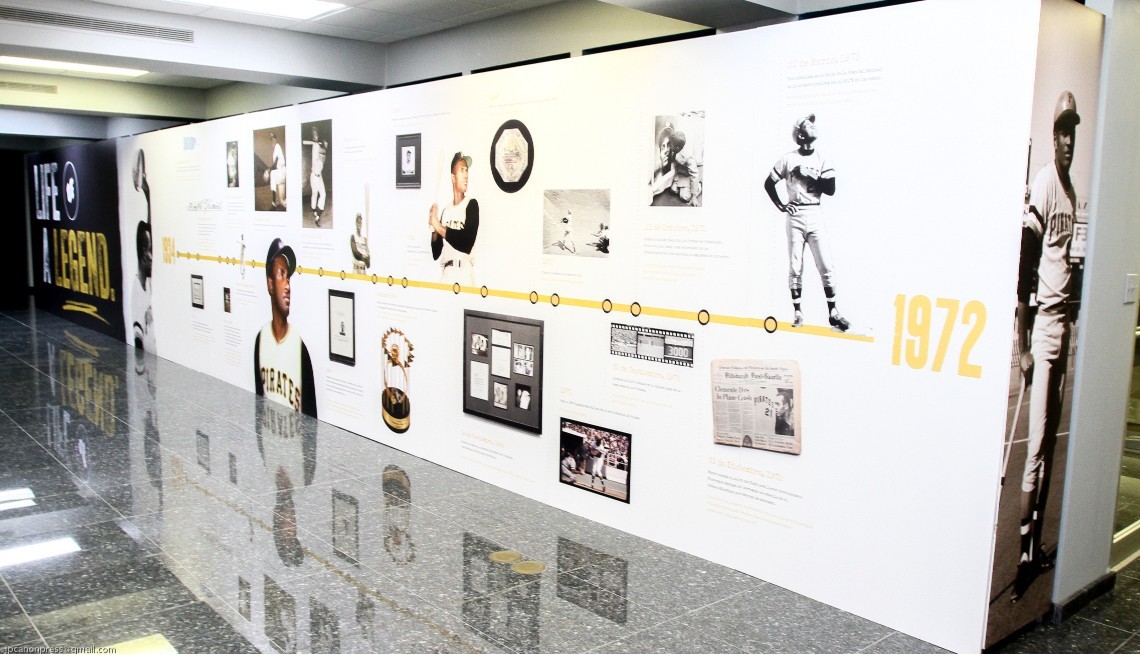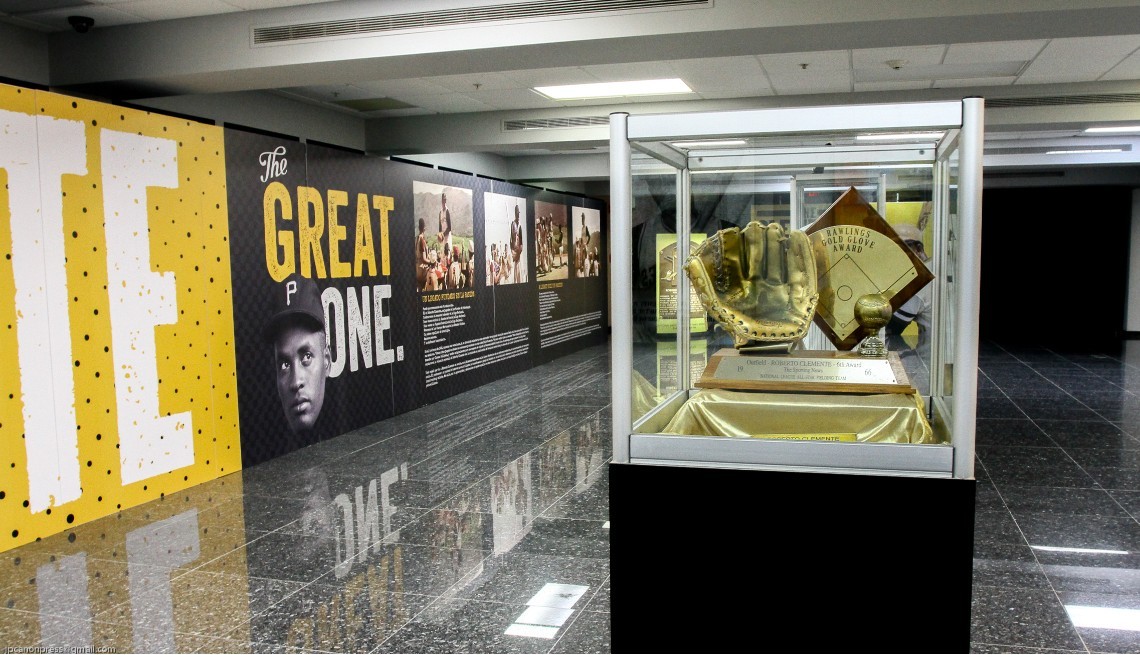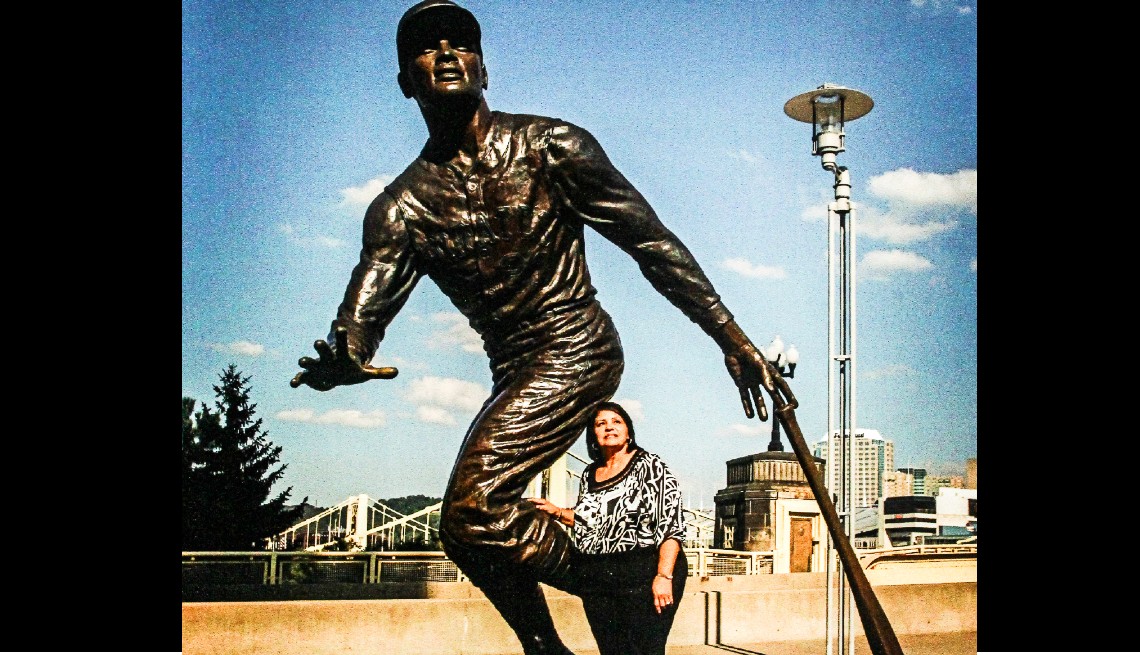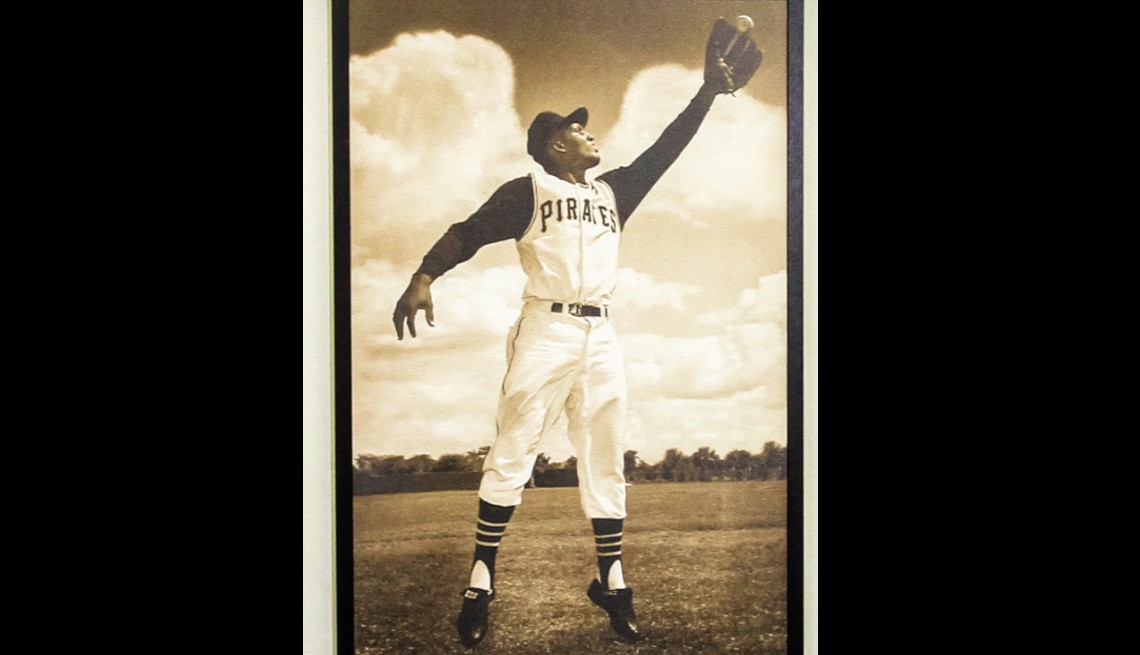Museum Commemorates Baseball Great Roberto Clemente
Exhibit pays homage to Hall of Famer's legendary career and humanitarian efforts
En español | They called Roberto Clemente “The Great One,” a champion on the baseball field who used his star power to aid the sick and poor before losing his life in a tragic plane crash at the age of 38. Now his fellow boricuas (or Puerto Ricans) will get to immerse themselves in the history of both the star athlete and the humanitarian when a museum exhibit on Clemente reopens on Oct. 1.
The exhibit (which debuted last year but then shut down due to the COVID-19 pandemic) at El Museo del Deporte de Puerto Rico in the city of Guaynabo includes scores of items on loan from the Clemente Museum in Pittsburgh, where the baseball icon played with the Pirates for 18 seasons. Included are memorabilia, photographs, and documents that span the Hall of Famer's legendary career and equally legendary humanitarian efforts. The exhibit is scheduled to run until 2023.
"There have been so many different events, exhibits, celebrations honoring Dad around the world,” says his son Luis Clemente, 55, from his home in San Juan. “But having this in Puerto Rico is a lot more significant. Dad was always so proud of being Puerto Rican."
AARP Membership -Join AARP for just $12 for your first year when you enroll in automatic renewal
Join today and save 25% off the standard annual rate. Get instant access to discounts, programs, services, and the information you need to benefit every area of your life.
An all-star right fielder
Roberto Clemente is arguably Puerto Rico's greatest sports figure ever. The right fielder for the Pittsburgh Pirates was one of baseball's all-time best players, accruing 3,000 career hits, leading the National League in batting four times, winning 12 consecutive Gold Gloves and one Most Valuable Player award, making the All-Star team in 12 of his 18 seasons, and helping the Pirates defeat the Baltimore Orioles in the 1971 World Series. He was posthumously awarded the Presidential Medal of Freedom, the highest civilian honor in the United States, in 2003, when President George W. Bush gave it to the baseball star's widow, Vera Clemente.
"The exhibit shows the sequence, year by year, of his career — what he did, what he accomplished, how he developed until he became a star,” says his older brother, Justino Clemente, 93, who lives in Carolina, Puerto Rico, and attended the grand opening last year.
The exhibit, which features a timeline of Roberto Clemente's life, occupies about 10,000 square feet — the two-story museum's entire first floor. Visitors first view a short introductory film in the museum's theater before continuing on to the displays.
Memorabilia includes Clemente's Gold Glove from 1966, a number of his jerseys, one of the bats he used the night he got his 3,000th hit, a montage of more than 100 photos of Clemente, his baseball cards from 1955 to 1973, and life-size photographs of the baseball great. The exhibit also includes items specific to Puerto Rico, including those loaned by collectors and three paintings of Clemente by Puerto Rican artists, says Edwin Hernández, director of the Museo del Deporte.
- |
- Photos
A humanitarian hero
Hernández says the exhibit, which drew about 300 people on the first two nights of the grand opening last year, will give visitors a deeper sense of Clemente's influence around the globe. Hernández recalled a visit he made to Nicaragua in 2001 and his surprise at discovering that nation's fondness and respect for Clemente.
Clemente and the Central American nation are inextricably linked. Clemente was leading a humanitarian mission on Dec. 31, 1972, bringing relief supplies to earthquake survivors in Nicaragua, when his plane crashed off the coast of Puerto Rico shortly after takeoff. Everyone on board was killed.
Clemente had insisted on delivering the aid himself after he grew concerned that profiteers in Nicaragua were siphoning off relief supplies.
"His name is on numerous places in Nicaragua,” says Hernández. “That's where I truly got the sense of the magnitude of his significance. He put Puerto Rico on the world map."
Luis Clemente — who was only 6 when his father died — remembers his dad as a big-hearted activist and humanitarian who struggled with insomnia and visited the sick in hospitals at night to avoid the attention of the press. He recalls a father who played the harmonica, was an avid potter, and always had a bat next to his favorite seat in the living room (so he could work on strengthening his wrists).
"The exhibit is well put together — people are going to learn about Dad's life, probably things that aren't featured in books,” he says. “They'll see him as a family man, as a player, and the humanitarian that he was. Dad was very humble, but he would be proud to see everything he was able to accomplish in one place. He lived so fast. Mom always said he would tell her that he knew he was going to die young."
A lasting legacy
One part of the exhibit that was not included in the original opening highlights the humanitarian and charitable initiatives of the Roberto Clemente Foundation, founded in 1993 by Roberto Clemente Jr., and captures the story of Vera Clemente, a leader and humanitarian in her own right. Vera Clemente, who died in 2019, served as the foundation chairwoman and also diligently supported the Pirates and Major League Baseball in her role as a goodwill ambassador.
"It was time to honor both of their legacies,” says son Luis Clemente, who is president of the Roberto Clemente legacy program. “We haven't dropped the ball; we continue to work on his legacy and all that he stood for."
The family hopes visitors come away with an awareness that transcends baseball and Clemente's athletic achievements, a goal that baseball Hall of Famer Orlando Cepeda, 83, a fellow Puerto Rican and longtime friend of Clemente's, supports. “Roberto was an incredible ballplayer, but as a man, as a human being, he was huge,” Cepeda says. “He died helping other people, and that is a sign of greatness.”
The family wants Puerto Ricans to feel even more pride in their island, and to take Clemente's accomplishments, many of them achieved against formidable odds, as a testament to what they are capable of as well.
The family also hopes visitors, both children and adults, are moved by the importance of helping others and inspired in their own lives. Whether it was holding free youth baseball clinics, digging into his own pocket to help the needy, or taking a stand against the racism he encountered on the U.S. mainland, Clemente worked tirelessly to help the less fortunate and the oppressed.
"For the first time, people will be able to see the whole spectrum of Roberto Clemente's legacy,” says Luis Clemente. “I'd like them to leave the museum saying, ‘Wow, I can do so much good in life and impact so many others by my actions.’ We need to turn on that humanitarian button; we're all born with it."
Elizabeth Llorente is a contributing writer who covers ethnicity, health, arts, international issues and human-interest stories. She has been a staff reporter and editor at several regional and national news organizations, and her work has appeared in The New York Times, Forbes magazine and Emmy magazine.

